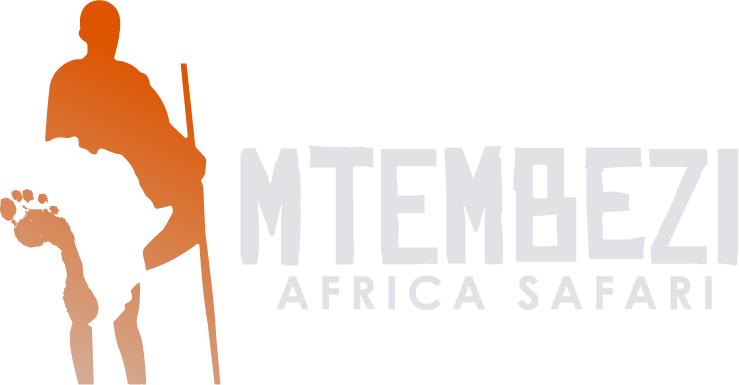Umbwe Route
Umbwe Route Overview
The Umbwe Route is known for being one of the shortest, steepest, and most challenging routes to the summit of Mount Kilimanjaro. It is less frequented by climbers due to its demanding nature, but it offers a direct path with fewer crowds and impressive scenery. Here’s a detailed overview:
Key Features:
-
Length and Duration:
- The route is approximately 53 kilometers (33 miles) long.
- Typically, the climb takes 6-7 days.
-
Starting Point:
- The trek begins at Umbwe Gate, located at an altitude of about 1,600 meters (5,250 feet).
-
Major Campsites:
- Umbwe Cave Camp: The first campsite, located at 2,850 meters (9,350 feet).
- Barranco Camp: Situated at 3,960 meters (13,000 feet), joining the Machame Route.
- Karanga Camp: At 4,035 meters (13,235 feet), providing an extra acclimatization day.
- Barafu Camp: The final camp before the summit push, located at 4,640 meters (15,223 feet).
-
Summit Attempt:
- The summit push starts from Barafu Camp around midnight.
- Climbers aim to reach Uhuru Peak (5,895 meters / 19,341 feet) by sunrise.
-
Descent Route:
- The descent is typically via the Mweka Route, offering a faster and more direct path down the mountain.
Highlights:
- Challenging Ascent: The Umbwe Route is known for its steep and direct path, which makes it one of the most challenging routes to the summit.
- Remote and Less Crowded: Due to its difficulty, the route is less crowded, offering a more solitary trekking experience.
- Scenic Beauty: The route offers dramatic views and passes through dense rainforest, heath, and moorland zones.
Preparation and Considerations:
- Physical Fitness: Excellent physical conditioning is essential due to the steep and strenuous nature of the climb.
- Altitude Sickness: The rapid ascent increases the risk of altitude sickness, making proper acclimatization crucial. This route is less forgiving in terms of acclimatization time compared to others.
- Gear and Equipment: Proper gear, including warm clothing, sturdy hiking boots, and a high-quality sleeping bag, is necessary.
- Guides and Porters: Hiring experienced guides and porters is mandatory and enhances safety and the overall experience.
Typical Itinerary:
- Day 1: Umbwe Gate to Umbwe Cave Camp
- Day 2: Umbwe Cave Camp to Barranco Camp
- Day 3: Barranco Camp to Karanga Camp
- Day 4: Karanga Camp to Barafu Camp
- Day 5: Barafu Camp to Summit to Mweka Camp
- Day 6: Mweka Camp to Mweka Gate
Route Advantages:
- Direct Route: The Umbwe Route is one of the most direct paths to the summit, making it shorter in distance.
- Adventure: The route is suitable for experienced climbers looking for a more challenging and adventurous climb.
- Isolation: Fewer climbers mean a more peaceful and solitary trekking experience, with a greater sense of wilderness.
The Umbwe Route is ideal for experienced trekkers who are physically fit and looking for a challenging and less crowded ascent. Its steep and direct path demands proper acclimatization and preparation but rewards climbers with a unique and thrilling Kilimanjaro experience.
Top Pick Tanzania Tour Packages For You
Tanzania boasts Africa’s renowned parks, promising unforgettable luxury safaris. With expertly crafted itineraries, immerse yourself in the finest national parks for a tailored wildlife adventure.
